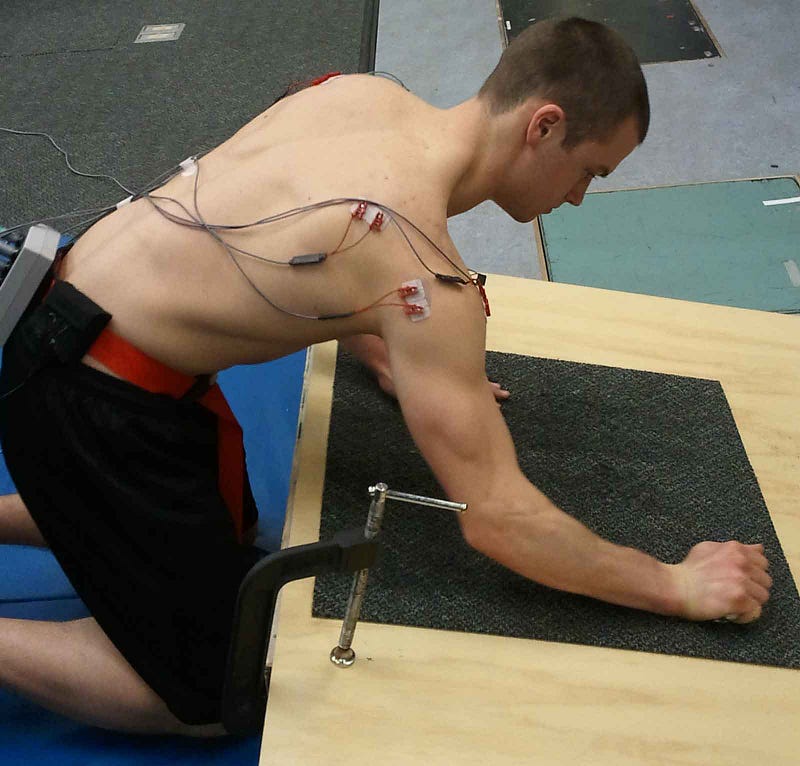The Neanderthal Hand: Insights into Right-Handedness
Written on
Chapter 1: Understanding Handedness in Neanderthals
The human form is often depicted as perfectly symmetrical, reminiscent of Leonardo da Vinci's famous sketches illustrating human proportions. However, in reality, we exhibit significant asymmetry. Dominance is seen not only in hands but also in ears, eyes, and feet. Among these, handedness stands out most prominently.
From early childhood, individuals typically gravitate towards one hand, with about 85% of the contemporary human population favoring their right hand. But did this preference extend to our hominin ancestors? How long has right-handedness been the norm?
Natalie Uomini, an evolutionary anthropologist, initially focused on the origins of language but soon found herself investigating handedness. Her interest was piqued by the "technological hypothesis," which posits that the roots of hominin language are tied to the teaching of stone toolmaking. Uomini examined a range of Acheulean tools, a technology that persisted for approximately 1.5 million years and was primarily used by early Neanderthals and their predecessor, Homo heidelbergensis.
Uomini enlisted skilled flint knappers to replicate Acheulean tools and Oldowan "choppers," an earlier type of stone tool. She discovered that regardless of whether the knappers were right- or left-handed, they could craft tools for either dominant hand, meaning the tools themselves did not reveal the handedness of their creators. However, the methods used to strike the tools provided insight into their intended users.
Through her research, Uomini found that the striking technique of the knapper indicated whether the tool was designed for a right- or left-handed individual. The knapping technique involved removing flakes in either a clockwise or counterclockwise direction based on the handedness of the eventual user. Moreover, tools were often shaped to ensure comfort for either hand, similar to how scissors are designed for right- or left-handed users.
Colleague Olaf Jöris applied this research to Neanderthal stone tools from Germany, revealing that at least 85% were crafted for right-handed individuals, with some modified for left-handed users. This finding, however, remains unpublished.
In addition, skeletal analysis provides further evidence. Muscular usage leads to stronger attachments in the skeleton, revealing which limbs were more frequently employed. Studies of Neanderthal humeri indicate they had a remarkable strength in their right arms, with muscle asymmetry reaching as high as 50%, compared to the typical 4–13% found in modern humans.

Biological anthropologists have long theorized that this strength could stem from the use of spears for hunting large game, requiring significant muscle power. Alternatively, some propose that the asymmetry was due to the repetitive action of scraping animal hides for warmth during harsh winters. Research from the 1960s indicated that these scrapers were predominantly used by right-handed individuals.
Regardless of the reason, the skeletal evidence indicates that a significant majority (76% of 69 Neanderthal specimens studied) exhibited right-hand dominance, closely mirroring modern human statistics.
What implications might this trend of right-handedness have had on Neanderthal daily life? It likely influenced tool design, as Neanderthals would have created distinct tools for each handedness. They may have also preferred a hand for eating or gesturing. While examples of Neanderthal art are rare, one notable handprint exists in Maltravieso Cave, Spain. This print, created by applying paint around a left hand, intriguingly suggests the artist was right-handed.
Anna Goldfield, an archaeologist with a Ph.D. from Boston University, focuses on faunal remains in archaeological contexts, particularly the dietary habits of Neanderthals and modern humans. Currently, she teaches anthropology at Cosumnes River College and the University of California, Davis. Goldfield also co-hosts an archaeology podcast, The Dirt. Follow her on Twitter @AnnaGoldfield.
This column is part of an ongoing series exploring the Neanderthal anatomy: a comprehensive look from head to toe.
Chapter 2: The Evolution of Handedness
The concept of handedness has evolved over time, influencing not only tool-making but also social interactions and cultural practices.
The video titled "Evolution Of Handedness" delves into the significance of handedness in human evolution, discussing its implications for behavior and culture.